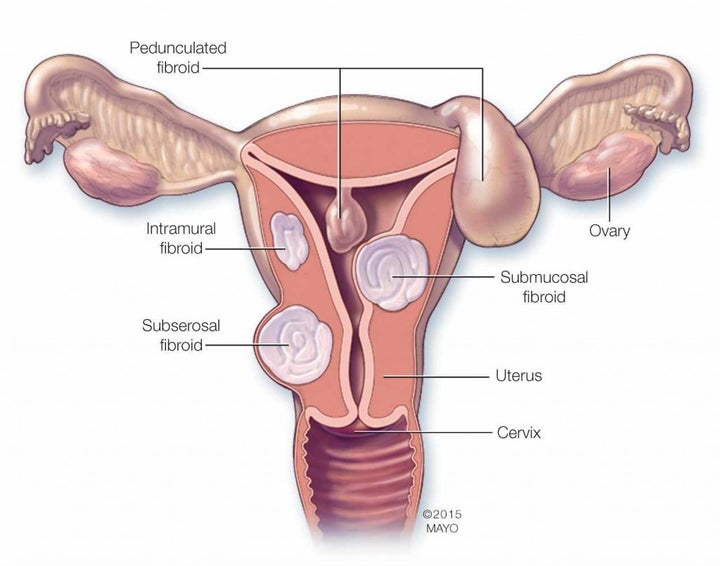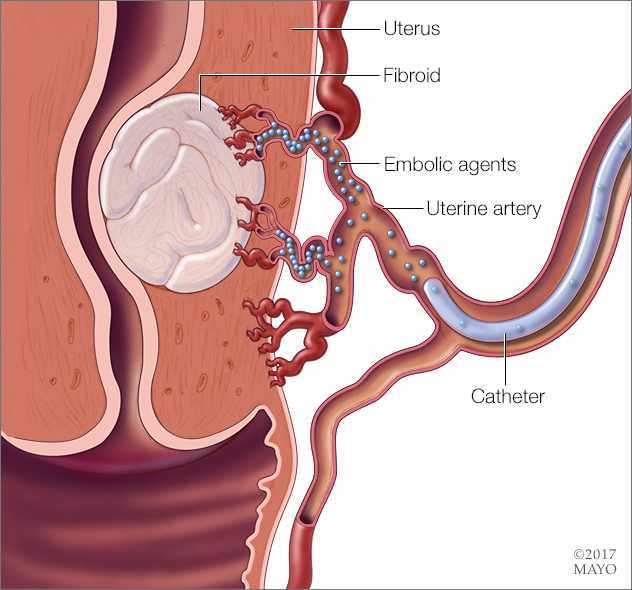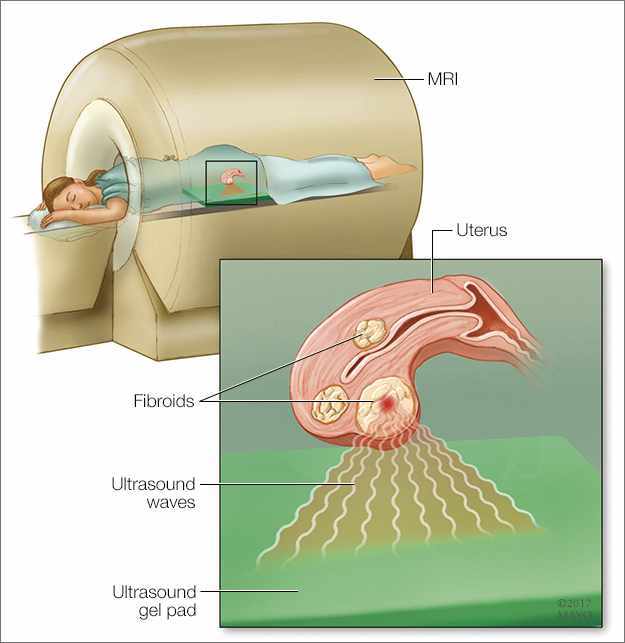
Uterine fibroids are noncancerous tumors of the uterus that often appear during childbearing years. They commonly cause heavy menstrual bleeding, pelvic pain and pressure, bowel and bladder problems and, sometimes, infertility and miscarriage. Fibroids are also the leading cause of hysterectomy.
However, there are two treatments that can sometimes be considered before a decision is made to have a hysterectomy. Fibroid embolization and focused ultrasound are minimally invasive options that reproductive endocrinologist Dr. Ebbie Stewart says warrant more research to help guide women and health care providers on a treatment plan. She co-authored a recent study that looked at the two treatments, compared recovery time, and noted adverse events in the first six weeks after treatment. Dr. Stewart says:
“The research found women undergoing uterine artery embolization have longer recovery times and use more prescription medications, but women undergoing focused ultrasound have longer treatment times.”
She also says, “I often call focused ultrasound a fibroid-specific treatment. Uterine fibroid embolization is more of a global therapy, where the pellets (embolic agents) can flow wherever there’s blood supply in the uterus.” Dr. Stewart adds, “While this study shows a quicker recovery for focused ultrasound, what we’re really interested in is how women are doing one- to- three years down the road. We want to say to women, based on what we know about you, treatment ‘A’ is better than treatment ‘B.’ We hope to have those data in the next year or two.”

There are three major types of uterine fibroids. Intramural fibroids grow within the muscular uterine wall. Submucosal fibroids bulge into the uterine cavity. Subserosal fibroids project to the outside of the uterus.
Fibroids range in size from seedlings, undetectable by the human eye, to bulky masses that can distort and enlarge the uterus. You can have a single fibroid or multiple ones. Fibroids can be found during a pelvic exam or prenatal ultrasound. In extreme cases, multiple fibroids can expand the uterus so much that it reaches the rib cage.
Uterine artery embolization

Focused ultrasound surgery

Dr. Stewart’s team performs a variety of clinical and translational research, including studying the epidemiology of fibroids, the economics of fibroids and fibroid treatments, and the genetics of fibroids. She and her team also are developing new methods of fibroid diagnosis and treatment. The team is:
- Conducting clinical trials of minimally invasive uterine fibroid therapies, including uterine artery embolization, MRI-guided focused ultrasound and myomectomy.
- Developing diagnostic strategies for uterine disease.
- Work to understand the genetics of uterine leiomyomas.
- Establishing strategies to prevent uterine diseases.
The goal of Dr. Stewart’s research is to develop prevention strategies for fibroids.